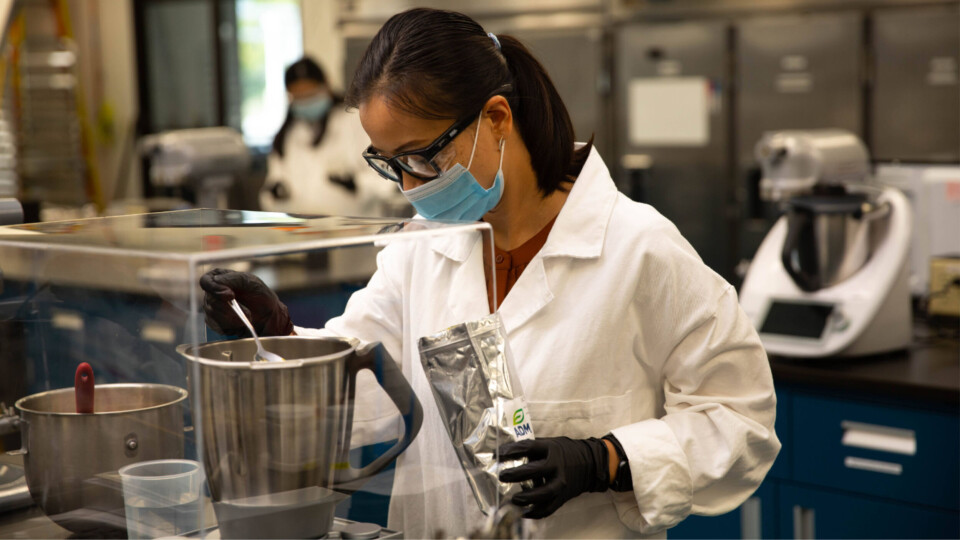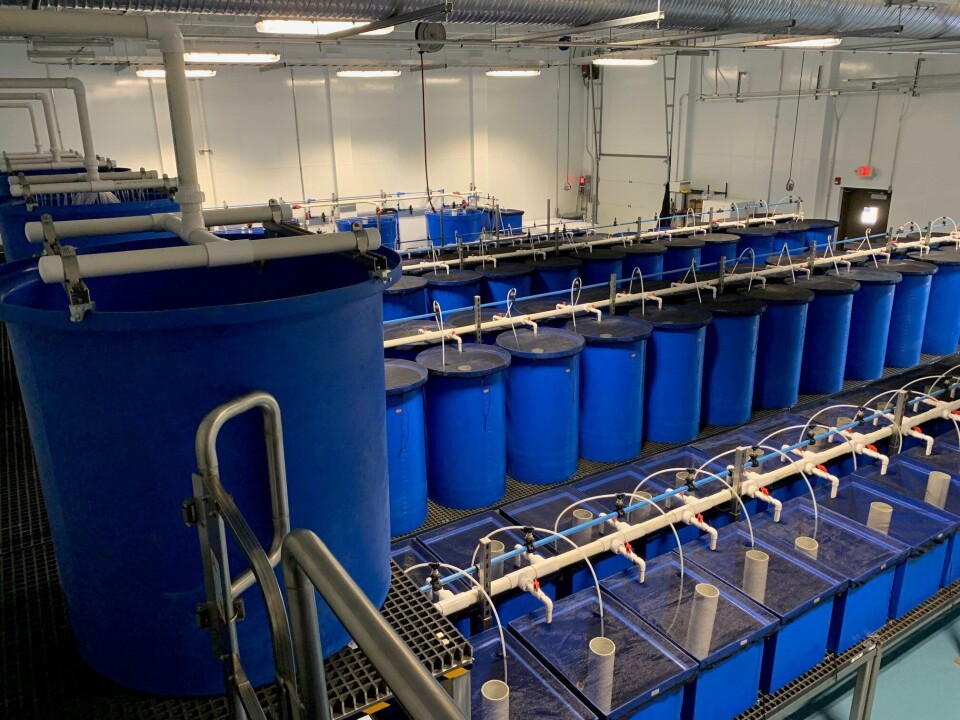
Feed maker opens US aquaculture innovation lab
US-headquartered feed and food producer ADM today announced the opening of its Aquaculture Innovation Lab at the Animal Nutrition Technology Center (ANTC) in Decatur, Illinois.
The lab extends ADM’s international research and development capabilities to a new region, building on existing aquaculture research facilities located in Brazil, Mexico and Vietnam.
“The opening of this new wet lab demonstrates our commitment to scientific discovery, bringing expanded capabilities to our competitive aqua innovation network worldwide,” said Nuria Miquel, vice president of R&D at ADM Animal Nutrition. “It also reinforces knowledge-sharing between our animal and human nutrition colleagues, allowing our innovation projects to benefit from a central hub of expertise.”

Rapid prototyping
The new lab allows production of commercial-equivalent feeds for rapid prototyping of new technologies, such as feed ingredients and additives that can increase production efficiency, mitigate environmental impact and improve animal health and welfare, ADM said in a press release.
In addition, the ANTC is strategically located near ADM’s James R. Randal Research Center and ADM production facilities in Decatur.
“This location positions the new aquaculture lab at the heart of our innovation capabilities and the project lifecycle teams that drive nutrition breakthroughs, from concept to commercialisation,” said John Bowzer, on-site director of the Aquaculture Innovation Lab.
18 feed plants
ADM has 18 aquafeed plants in North and Latin America, Europe and Asia, and 17 premix plants worldwide. It produces a variety of feeds for shrimp, freshwater, marine and coldwater fish. Its key brands are Ocialis and BernAqua.
The company’s aquafeed facilities in Latin America and Southeast Asia include outdoor research labs for shrimp and fish in large, farm-like systems. The flexibility of the North American lab is designed for upstream research and product development. Trials can be conducted with a variety of target species and segments, including various water temperature and salinity with tight control over water quality conditions, fish performance, behaviour and health status. The first trials at the lab are expected to begin in the first quarter of this year.






















































